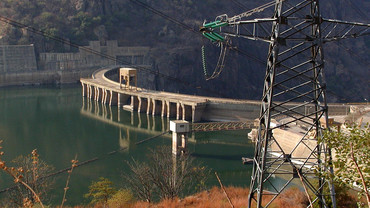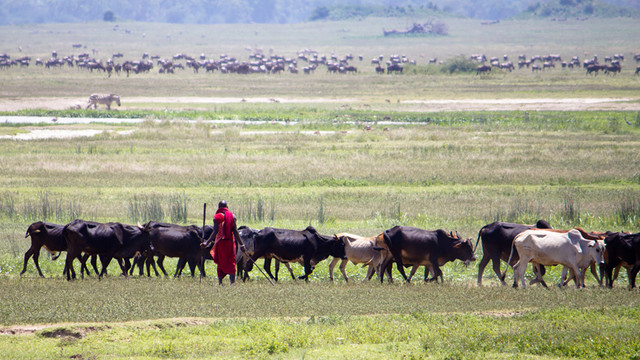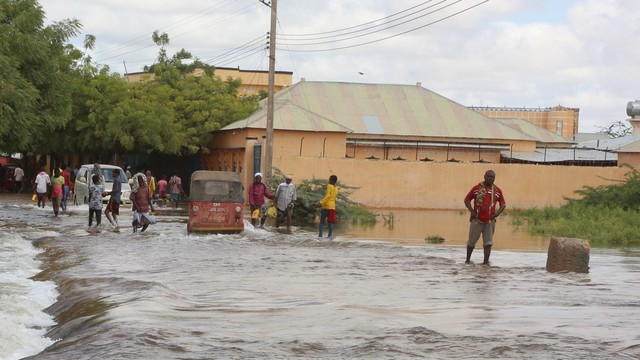IIED calls on climate funds to help reframe hydropower
Two new papers have been published by IIED calling on international climate funds to incentivise sustainable hydropower projects that support the switch to renewable energy.

A new dam and hydroelectric plant on the Tina River will cut the Solomon Islands' reliance on imported diesel by almost 70% (Tina River Hydropower Development Project via Flickr, CC BY-NC-ND 2.0)
IIED is calling for climate funds to support the development of sustainable hydropower projects that support the transition to distributed grids and renewable energy systems.
A recently published policy paper, entitled 'How climate finance can help repurpose hydropower', says international climate funds must focus on the effective transformation of energy systems to achieve climate adaptation and mitigation outcomes.
To date, hydropower has not attracted major investment from climate funds, in part because of concerns about social and ecosystem impacts. But the new papers argue that 'transition hydropower' could change this dynamic.
Sustainable hydropower projects consider the environmental and social impact on the entire river basin and follow good practice.
Transition hydropower projects go a step further: they are explicitly designed to support intermittent renewables such as wind and solar on the grid by providing energy storage and ancillary services such as flexible energy generation and grid stabilisation.
Climate finance investors should consider transition hydropower as a game changer for energy emissions
The papers' authors argue that while supporting the development of hydropower projects with transition characteristics would already fall under the mandate of climate funds, such support is largely not being provided in practice. This is partly because the value of this support is only clear when looking at the role of hydropower as part of the larger energy system, a perspective that is currently often overlooked.
Recommendations
The policy paper says climate funds should:
- Support basin assessments for strategic hydropower development
- Increase performance of existing hydropower for climate objectives
- Restructure markets to reward transition services
- Reduce the cost of capital for transition hydropower by mobilising private financing, and
- Set clear criteria for the hydropower projects that climate finance will support.
Both publications give the example of the Solomon Islands’ Tina River Hydropower Development Project. The tiny Pacific island nation had a near-total reliance on imported diesel petrol for electricity generation and has among the highest electricity costs in the world. The Tina River project will shift the nation’s energy mix to 65% renewable generation of the 2022 predicted demand, and facilitate the integration of solar power into the grid.
The issue paper, entitled ‘Climate finance for hydropower’, provides further details on the barriers that hydropower projects are facing in accessing climate finance, and how climate finance can be used to help address those barriers and incentivise hydropower developments that contribute to the transition.
- Download: 'How climate finance can help repurpose hydropower', Sejal Patel, Neha Rai, Clare Shakya (2019), IIED Briefing paper
- Download: 'Climate finance for hydropower', Sejal Patel, Clare Shakya, Neha Rai (2020), IIED Issue paper
The papers were supported by FutureDAMS, a joint research project led by the University of Manchester designed to improve the design, selection and operation of dams to support sustainable development.
Contact
Sejal Patel (sejal.patel@iied.org), researcher, Climate Change research group



